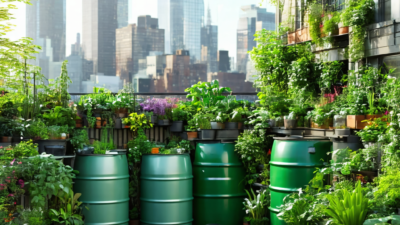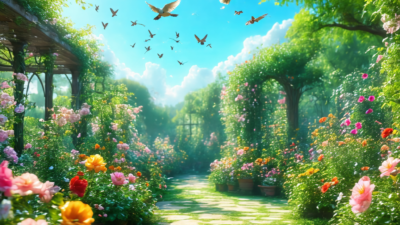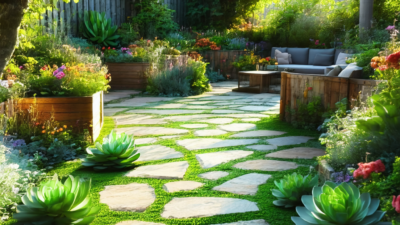Creating Your Own Sustainable Garden
Gardening is more than just a hobby; it’s a chance to connect with nature and contribute positively to the environment. Sustainable gardening takes this connection further by focusing on eco-friendly practices that benefit both your garden and the planet. Whether you’re a seasoned gardener or a newbie, creating a sustainable garden is achievable and rewarding.
Understanding Sustainable Gardening
Sustainable gardening involves methods that work in harmony with nature. It emphasizes using resources efficiently, reducing waste, and fostering biodiversity. This approach not only helps protect the environment but also creates healthier, more resilient gardens.
Eco-Friendly Materials
Start by choosing eco-friendly materials for your garden tools and structures. Look for options made from sustainable sources or recycled materials. For instance, using untreated wood or bamboo can be both durable and environmentally friendly.
Selecting the Right Plants
Choosing the right plants is crucial. Opt for native species that are naturally adapted to your climate, requiring less water and fewer pesticides. Drought-resistant plants like succulents or lavender can thrive in areas with limited rainfall.
- Native Plants: These support local wildlife and require less maintenance.
- Drought-Resistant Options: Great for water conservation efforts.
Organic Fertilizers
Incorporate organic fertilizers to enrich your soil without harmful chemicals. Compost made from kitchen scraps and yard waste is an excellent choice. It improves soil structure, enhances water retention, and promotes beneficial microorganisms.
Water Conservation Techniques
Efficient watering is key in sustainable gardening. Use drip irrigation or soaker hoses to deliver water directly to plant roots with minimal evaporation. Collect rainwater using barrels for a natural, chemical-free source of hydration for your plants.
Water-Saving Tips
- Water Early: Morning hours minimize evaporation and allow plants to absorb moisture effectively.
- Mulch: Apply a layer of organic mulch around plants to retain soil moisture and suppress weeds.
Attracting Wildlife
A sustainable garden is a haven for wildlife. Plant flowers that attract pollinators like bees and butterflies, and include features such as bird feeders or ponds to support local fauna. This biodiversity contributes to a balanced ecosystem within your garden.
Companion Planting
Companion planting is a sustainable practice where certain plants are grown together for mutual benefits. For example, marigolds can deter pests from vegetables, while beans enrich the soil with nitrogen, benefiting neighboring crops.
Maintaining Ecosystem Health
Recycling and Reusing
Repurpose materials in creative ways. Old containers can serve as planters, and fallen leaves can be turned into mulch. This reduces waste and lowers your garden’s environmental footprint.





